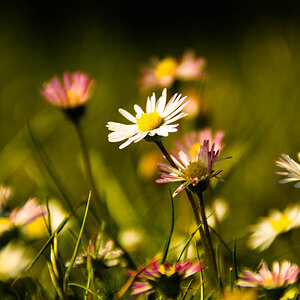pgriz
Been spending a lot of time on here!
- Joined
- Jul 30, 2010
- Messages
- 6,734
- Reaction score
- 3,221
- Location
- Canada
- Can others edit my Photos
- Photos OK to edit
Gotcha.
Wasn't getting any response on the post with the title: Alternatives to the Sekonic L-758 lightmeter, so decided to... umm.. get a more interesting title. So. If you know nada about lightmeters and their use, sorry for the "false advertising", and please ignore the rest of this post.
If, however, you know what lightmeters are, how to use them, and can share your experience with me, then please read on.:thumbsup:
Ive used the Gossen Lunasix Pro (with a bunch of its accessories) for years. About a decade ago it got liberated along with some other photographic equipment, and as the replacement gear had decent metering, I never got around to getting a replacement for it. However lately Ive been getting into more challenging photographic situations and am using one or more off-camera flash(s) for fill, etc., and am spending too much time making adjustments. So Im looking for a good lightmeter that can do both reflected and incident light, can meter flash exposures, can give me a 1degree spot, and uses simple-to-find batteries.
The Sekonic L-758DR appears to have all that, but is rather pricy. The L-358 has lots of features, but no spot-meter mode (yes, there is an add-on, but the price of the two together approaches the L-758). So does anyone on this forum know of alternatives to the L-758DR that they use and are happy with, or is the L-758DR the top of the heap in this area?
Wasn't getting any response on the post with the title: Alternatives to the Sekonic L-758 lightmeter, so decided to... umm.. get a more interesting title. So. If you know nada about lightmeters and their use, sorry for the "false advertising", and please ignore the rest of this post.

If, however, you know what lightmeters are, how to use them, and can share your experience with me, then please read on.:thumbsup:
Ive used the Gossen Lunasix Pro (with a bunch of its accessories) for years. About a decade ago it got liberated along with some other photographic equipment, and as the replacement gear had decent metering, I never got around to getting a replacement for it. However lately Ive been getting into more challenging photographic situations and am using one or more off-camera flash(s) for fill, etc., and am spending too much time making adjustments. So Im looking for a good lightmeter that can do both reflected and incident light, can meter flash exposures, can give me a 1degree spot, and uses simple-to-find batteries.
The Sekonic L-758DR appears to have all that, but is rather pricy. The L-358 has lots of features, but no spot-meter mode (yes, there is an add-on, but the price of the two together approaches the L-758). So does anyone on this forum know of alternatives to the L-758DR that they use and are happy with, or is the L-758DR the top of the heap in this area?
Last edited:



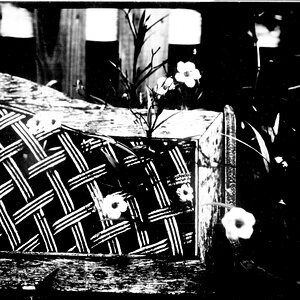

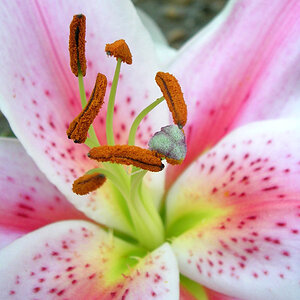
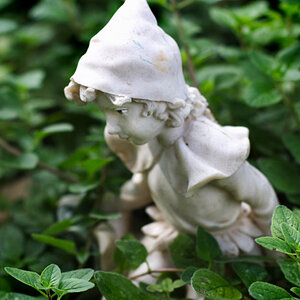
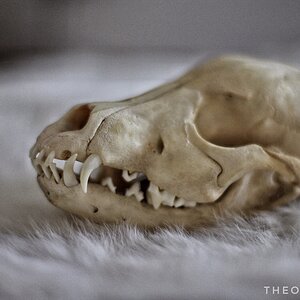
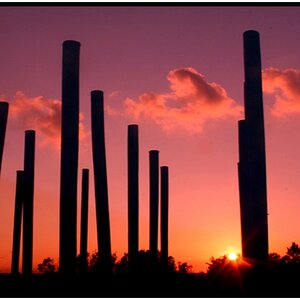
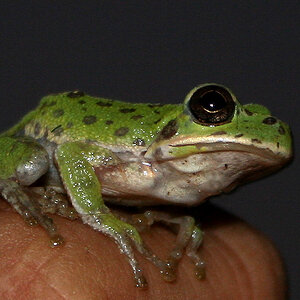
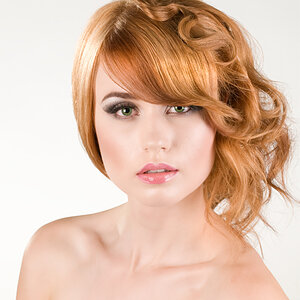
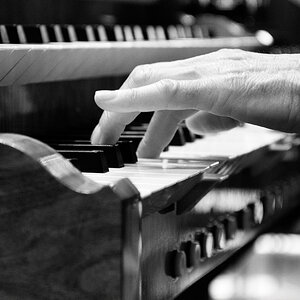

![[No title]](/data/xfmg/thumbnail/37/37604-7ad625e983f92f880eb65a264eeef5e4.jpg?1619738148)
